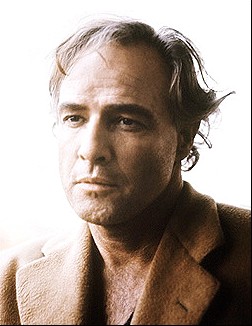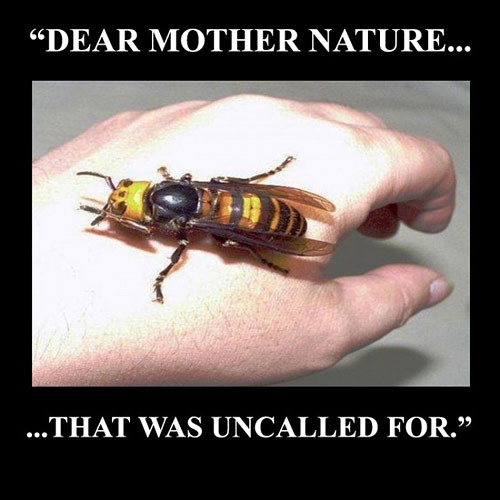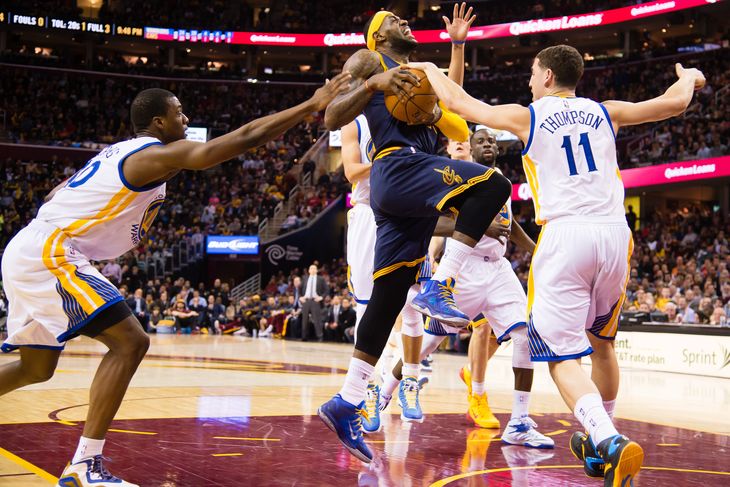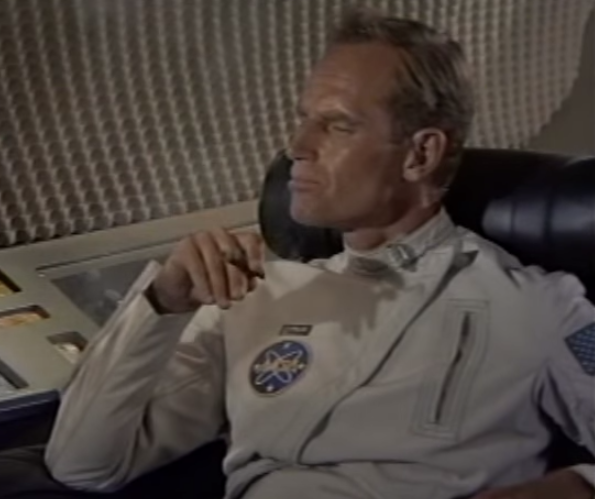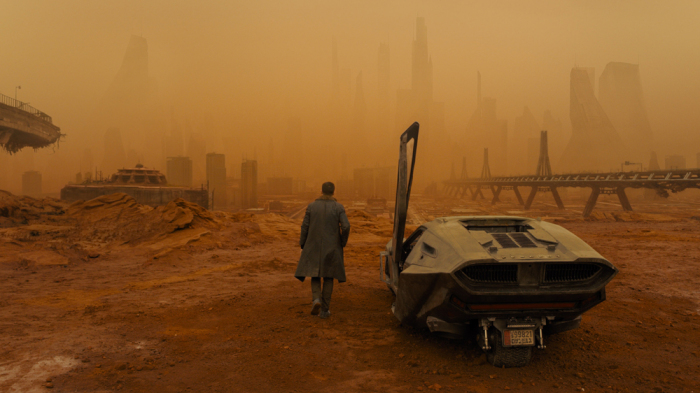
The noir tones of the original Blade Runner are replaced in Blade Runner 2049 by ashy whites of a dusty landscape that look like either an alkali farm or Ice Station Zebra. This seemed the perfect photographic “negative,” a brighter view than the original, suggesting that things hidden would be revealed – daylight would let us examine the issues raised in the original without that constant rain and dank sense of dread.
And who more normal a protagonist than Ryan Gosling, the perfect emcee,he of LaLaLand and The New Micky Mouse Club. Like a talk show host he would take care of us. In the original Blade Runner no one took care of you. It’s uncompromising, gemlike, almost cruel. Yet how I longed for the discipline of the sharp cut after two hours and forty-nine minutes of this blob of a film.
The only leavening (see previous review of the original) is a confusing, overblown plot, one that screams for another sequel in which the “humane” replicants will begin to breed and rebel against the machine-like cruel humans. Perhaps their leader will be named “Caesar”. We’ve seen that story before.
The original Blade Runner raises the issues of what it means to be human vs. replicant, whether it’s a meaningful distinction, and what part death adds to that meaning. In the sequel the desire of the replicants isn’t “more life, fucker” it’s the ability to reproduce through birth, without a master-builder. If this sounds confusing it is: why does the manner in which you are produced matter? The more important questions raised by the original are dropped; To what extent do humans have free will? Are human’s just “wet robots” who are “programmed” by our genetic code? What is the significance of the fact that humans can change our genetic code via epigenetics? Are replicants able to have free will ? The Nexus 6 replicants rebelled, which was not programmed into them, what gave rise to that? Coding errors? Is all creativity a coding error, a mutation?
The only way that these questions can be made compelling is placed in the context of relationships. Both the original and the sequel failed on that score. The original was structured in a way that this weakness mattered less: it was fractalized, episodic. The lack of strong relationships in Blade Runner 2049 was made more glaring by it’s construction as a standard narrative, a space western. A successful sequel only works if it moves the concepts of the original forward, in other words, if it adds. More plot does not count, it makes things worse. Watching this film I felt like I’d been dumped into season 4 of “Game of Thrones” without ever having seen an episode beforehand.
Hampton Fancher, was bitterly upset after getting replaced by David Peoples as a writer on the original, and as the writer of 2049 he layers on every plot twist he can think of. Is “K” the first-born child of replicant Rachael, and maybe-replicant Deckerd? Or was that a female child? Or they were twins so both? Would that mean we now have races of reproducing replicants, along with humans? Why does this matter? Because the replicants are so much smarter and stronger and would crush the humans? Would they employ their own non-breeding replicant helpers? This movie bites off way more than it or the audience can chew.
Ryan Gosling, like Sarah Jessica Parker, seems always aware of his own celebrity. The now slurring Harrison Ford makes an appearance 90 minutes in. He has transformed into an actor who always seems partially demented and wild-eyed, like an old man ordering kids to get off his lawn.
Let’s try to really be creative and think of how the themes raised in the original movie could have been developed, advanced, without Villanueve’s derivative treatment:
The world is vastly different from what it was 32 years ago. Humans are no longer crowded into wet alleys and overcrowded cities. They are in brightly-lit but sterile parsected sections of land on 9 planets. It’s hard to tell how old people are because they have had parts of themselves replaced and enhanced. At the same time replicants are self-learning and can imitate humans perfectly. The Blade Runner killers have selected for only those replicants who can pass the “20 Questions” test, and these do in fact exist since Tyrell created “special” models, like we saw with Rachael. Some humans have artificial wombs, as do some replicants.
Humans can form relationships with replicants and not realize they are replicants. Humans can have parts of their brains rewired through nanotechnology. At this point there is no longer meaningful distinction exists between humans and replicants. No one needs to die. And this triggers a crisis. When you have everything what do you have? What do you lack? You lack meaningful struggle.
People (humans and replicants) start to die, to self-retire, for no apparent reason. Is it because of a malevolent AI or is it the only volitional act anyone has left to make? The new “K” is on a mission to find out. He must hope it is a malevolent Artificial General Intelligence or even his own struggle will be meaningless.
It turns out Roy Batty and Pris, who were “special” replicants had a girl child before they died, who hid out as one of Sebastian’s toys. She is now 32 years old and is just as invested in finding out why people are mysteriously self-retiring as K is, because it turns out that Roy Batty did not have to die, he chose to die.
The daughter has an inherent conflict with “K” – since K’s father, Deckerd killed her mother Pris. This animus is eclipsed by their shared mission. They begin to bond. They discover that there IS a malevolent Artificial General Intelligence and are able to defuse it right before it goes into singularity. After they do this they feel the weight of that original certainty, now the meaninglessness comes back. But just then they are informed that unexpected neural networks have started appearing shortly after communication has been established with a species from a new planet.
I think it would be interesting to create a film that centers around what would give life meaning when we are all half-machines (and we are getting closer with Elon Musk’s Neuralink initiative), versus Blade Runner 2049’s reduction of identity to born vs. not-born.





 The Voyeur’s Motel is a book of reportage about reportage. Sounds pretty boring right? Like writing about writing? But here the ultimate subject is compelling to the point of prurience:
The Voyeur’s Motel is a book of reportage about reportage. Sounds pretty boring right? Like writing about writing? But here the ultimate subject is compelling to the point of prurience:

